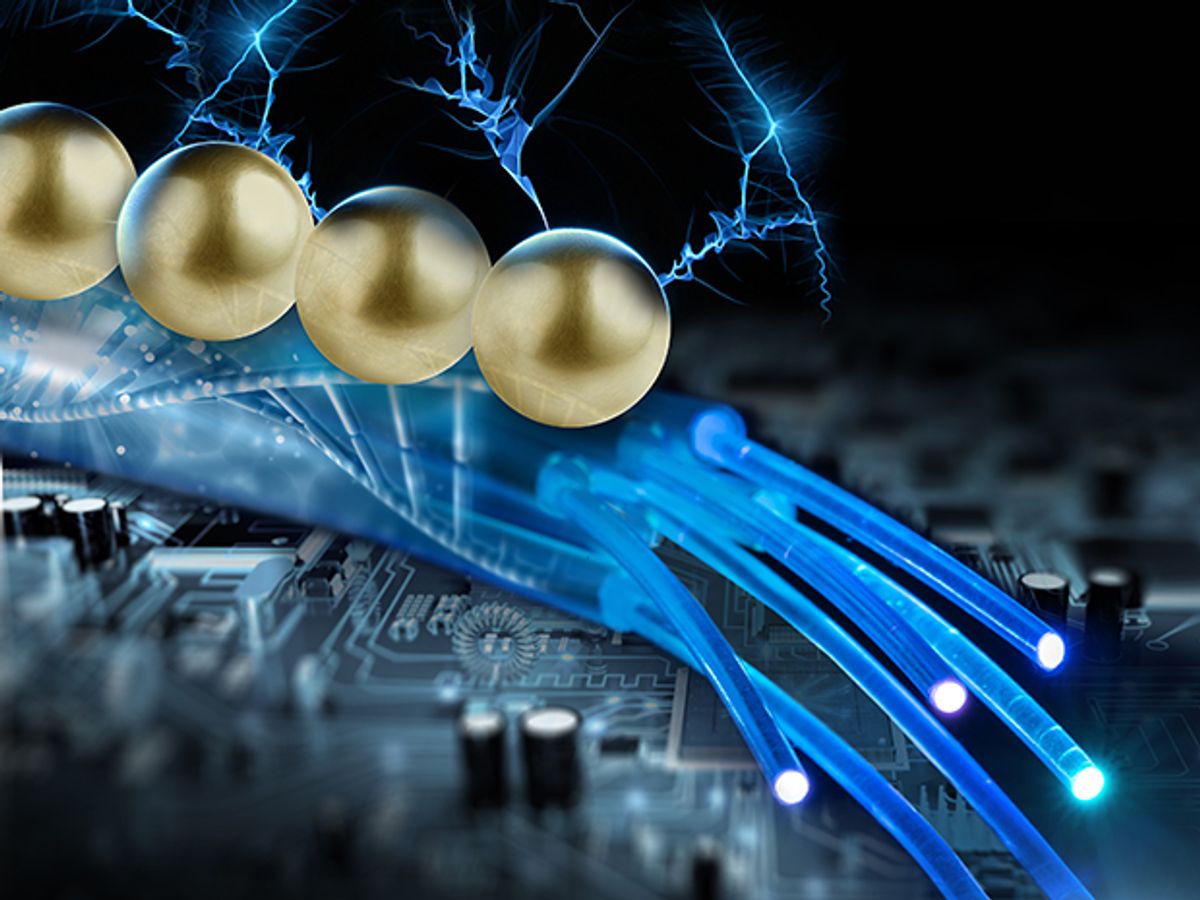DNA origami structures are essentially DNA strands that have been folded into structures using the techniques of the Japanese art of paper folding for which it is named. These DNA origami structures have been hotly pursued as a way to keep shrinking the feature sizes of chips.
One could really get a sense of how seriously researchers were taking this approach for electronics when IBM researchers reported seven years ago that they were able to use such folded nanostructures to create a scaffold that served as a kind of quasi circuit board. That board allowed them to assemble components with features as small as 6 nanometers.
Despite this research interest, some aspects of the DNA origami technique have not been fully developed for electronics applications. One issues pressing the brakes has been interconnects: Nobody has produced well-defined electrical contacts between macroscopic electrodes and the DNA-based origami nanodevices.
Now researchers at the Helmholtz-Zentrum Dresden-Rossendorf (HZDR) and Paderborn Universities in Germany have taken on this gap in research and have developed a technique that will make it possible to build interconnects on the nanoscale between electronic components. The researchers believe that their technique represents an important first step on the way to building electronic circuits by self-assembly.
While it may seem that this is not the first time we have seen DNA origami fashioned into electronic components, this breakthrough differs from previous work in a number of ways. First, earlier research in this field has always used large electrodes and attempted to either catch the DNA nanostructures in between or contact them randomly. In research described in the journal Langmuir, the German researchers developed a novel electron beam lithography routine for contacting nanostructures, which are arbitrarily distributed on a surface, with high precision.
“Using this technique, we can make contacts to single DNA nanostructures after identifying them on the surface,” explained Artur Erbe, a scientist at HZDR and co-author of the paper, in an e-mail interview with IEEE Spectrum.
The second difference between this and previous research was that this work looked to develop wires with low resistance, while other groups have been looking for high resistance in order to demonstrate single electron effects.
“Our main goal was to develop interconnects, which then can be used for building electronic circuits in the future,” said Erbe. “As a consequence of the low resistance in the wires, we now think that we can build interconnects on the nanoscale between electronic components.”
The resistance, though lower than what had been previously achieved, is still a bit too high to let the nanostructures be used as interconnects. But the solutions are already being addressed, says Erbe.
“We will reduce it by changing the growth mechanism of the metal,” says Erbe. “We also need to define electronic devices, like diodes or transistors, in these self-assembled structures. This can be done, for example, by including semiconducting nanoparticles on the DNA origami. These two developments will also be the next steps in our research.”
Dexter Johnson is a contributing editor at IEEE Spectrum, with a focus on nanotechnology.



